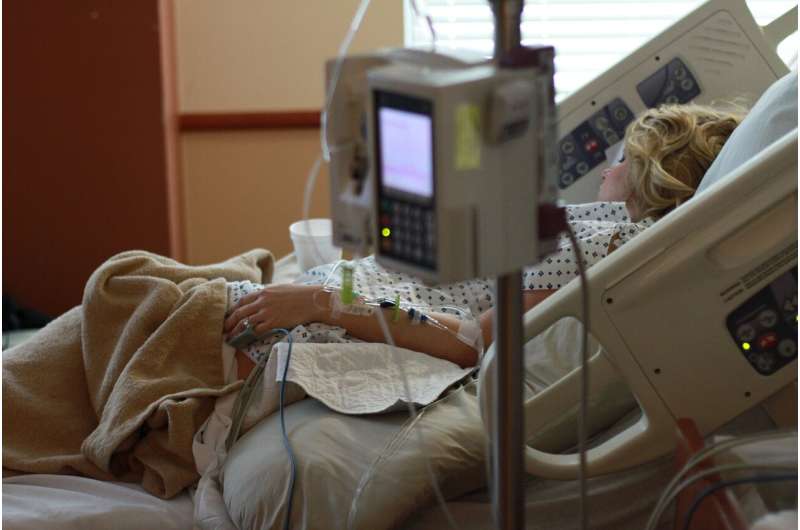
Using sotorasib as a lead-in therapy with pembrolizumab or atezolizumab for patients with advanced KRAS p.G12C non-small cell lung cancer demonstrated durable clinical activity with lower rates of grade 3-4 treatment-related adverse events compared to patients who received these therapies concurrently, according to research presented today at the IASLC World Conference on Lung Cancer 2022.
Sotorasib monotherapy has demonstrated a durable objective response rate of 41%, and 33% two-year overall survival in advanced pre-treated KRAS p.G12C-mutated NSCLC. In preclinical studies, sotorasib combined with anti-PD-1 therapy increased CD8+ T-cell infiltration and enhanced anti-tumor efficacy.
Bob T. Li, MD, Ph.D., MPH, Medical Oncologist at Memorial Sloan Kettering Cancer Center (MSK) in New York City, and colleagues from multiple clinical trial sites initiated CodeBreak 100/101 phase 1b dose exploration to provide the first assessment of safety and efficacy of sotorasib with either pembrolizumab or atezolizumab anti-PD-1/PD-L1 immunotherapy.
“Combining sotorasib with pembrolizumab or atezolizumab in advanced KRAS p.G12C NSCLC led to a higher incidence of grade 3-4 treatment-related adverse events than previously observed with monotherapy, primarily liver enzyme elevations,” said Dr. Li. “However these effects may be mitigated by dose reduction and lead-in administration of sotorasib. Dose expansion is ongoing in treatment-naïve patients using sotorasib lead-in followed by combination with pembrolizumab as a potential first-line treatment.”
The researchers enrolled 58 KRASG12C inhibitor-naïve patients with KRAS p.G12C-mutated NSCLC and treated them in 12 dose exploration cohorts at varying doses of sotorasib (120-960mg QD) in combination with either intravenous atezolizumab 1200mg or pembrolizumab 200mg, administered concurrently every three weeks until intolerability or disease progression. Half of the cohorts were lead-in cohorts, where patients received sotorasib monotherapy for either 21 or 42 days prior to their first dose of immunotherapy, then received atezolizumab or pembrolizumab together with sotorasib. The trial’s primary objective was safety and tolerability and the secondary efficacy objectives included ORR and disease control rate. The dose limiting toxicity window was 21 days following initiation of combination treatment.
The 58 patients were treated with a median follow-up of 12.8 months (range: 1.6, 29.9). Median prior lines of therapy were 1 (range 0-7); 67% patients received prior IO. The median doses of sotorasib were 83 [range: 22-791], and median doses of immunotherapy were three [range: 1-26]).
Source: Read Full Article
